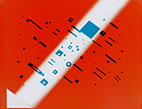Now Available: 18 Digital Files from Janis Crystal Lipzin
Posted March 8th, 2024 in Announcements, New Acquisitions, New Digital Files, News / Events
Canyon Cinema is delighted to announce the acquisition of 18 exhibition files from longtime artist member Janis Crystal Lipzin. Spanning six decades of work, this deposit includes recent digital transfers of Lipzin’s 16mm films of the 1970s and 1980s, new digital copies of videos from the 2000s, as well as several born-digital works that are new to the collection, including Some Mistakes I Have Made (2021), 3 Seasons in 2021 (2021), Ontogeny (2021), and Mirrors and Screens (2023).
Janis Crystal Lipzin is an intermedia artist based in Sonoma County, California. Light-sensitive materials and lens-based tools are her gateway to re-imagining and interpreting her visual world. She has been making art in virtually every form of reproducible media for nearly forty years. Utilizing such diverse media as 8mm and 16mm film, various kinds and formats of photographic prints and transparencies, video, audio, digital photography, multimedia installations and media performance, and artist books, she has confronted an array of uncomfortable subjects such as pyromania, prehistoric murder, pesticide abuse, reproductive rights, and mortality.
A central foundation of her practice is a diverse approach to materials. In her hands, light-sensitive film becomes a medium to be worked marked chemically altered, affected by light both within and exterior to a camera. Lipzin’s work frequently has been at the forefront of an avant-garde art practice that seeks to push the limits of what is possible with the media arts while enriching their possibilities for personal expression. “Lipzin’s films offer a unique blend of rigorous conceptual structure, formal investigation, and sensual discovery” (Steve Anker).
Lipzin’s work has received recognition with grants and fellowships from the Guggenheim Foundation, Center for Cultural Innovation, and National Endowment for the Arts, and by exhibitions at The Whitney Museum of Art, the Tate Modern in London, and the Film Society of Lincoln Center. In addition, her films and photo work have been featured in museum shows at the Museum of Modern Art, the New Museum, the Institute of Contemporary Art in London, the Centre Pompidou in Paris, the Berkeley Art Museum, the Corcoran Gallery, the Kunstmuseum in Berne, Switzerland, and the Venice Biennale.
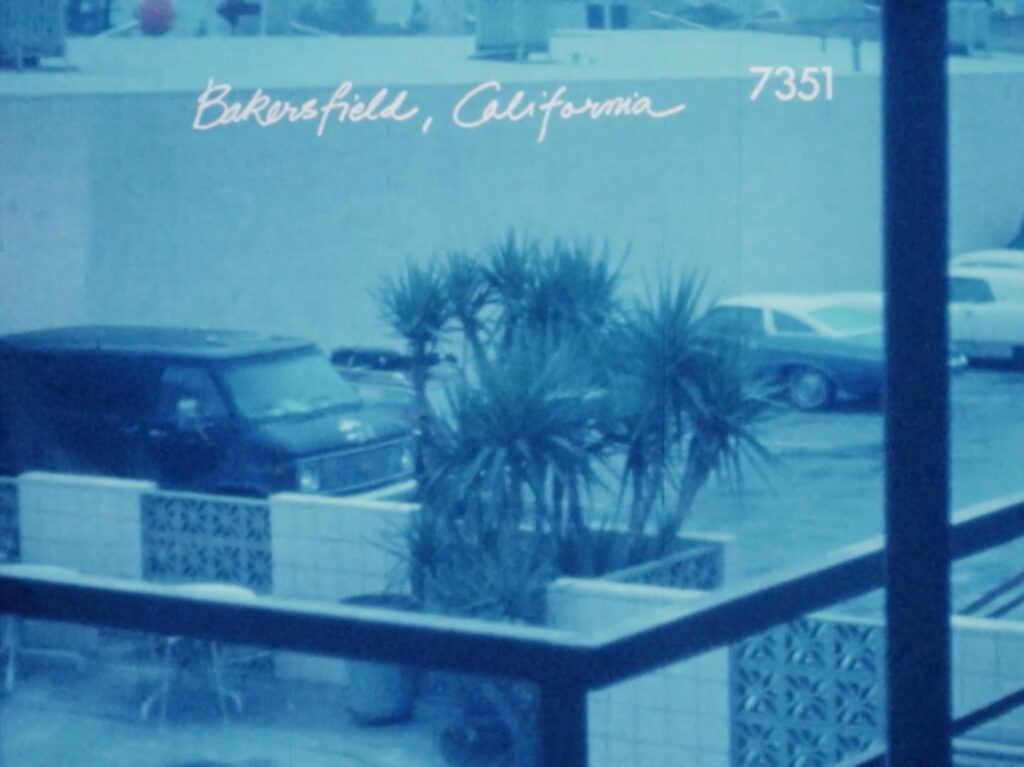

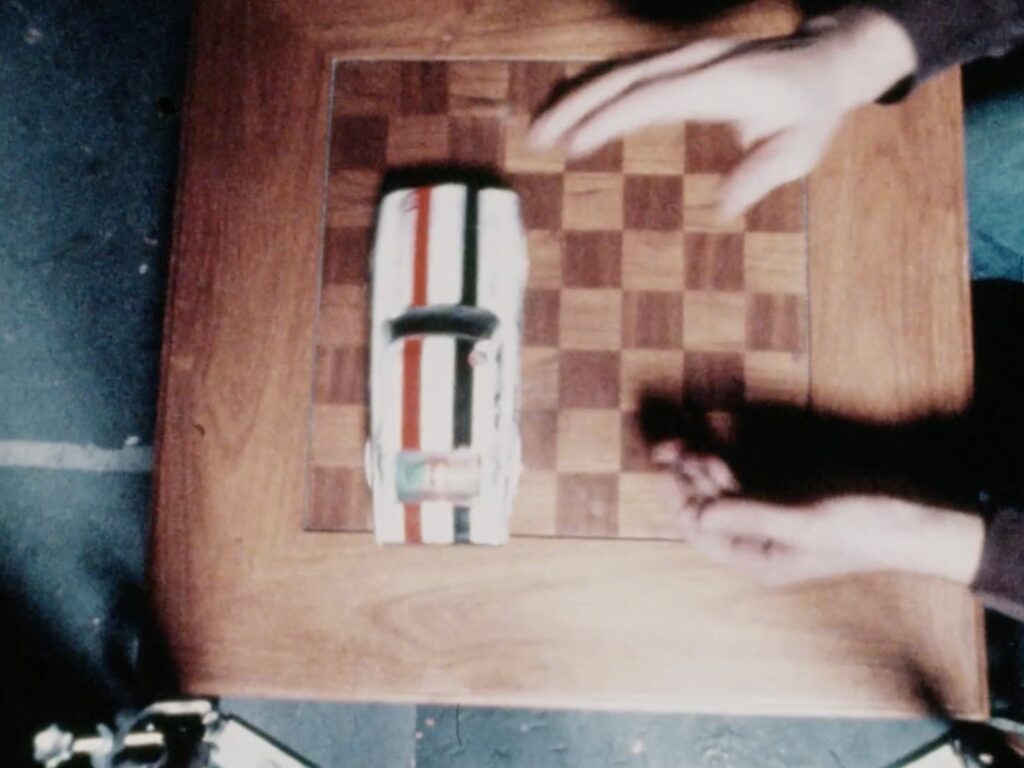
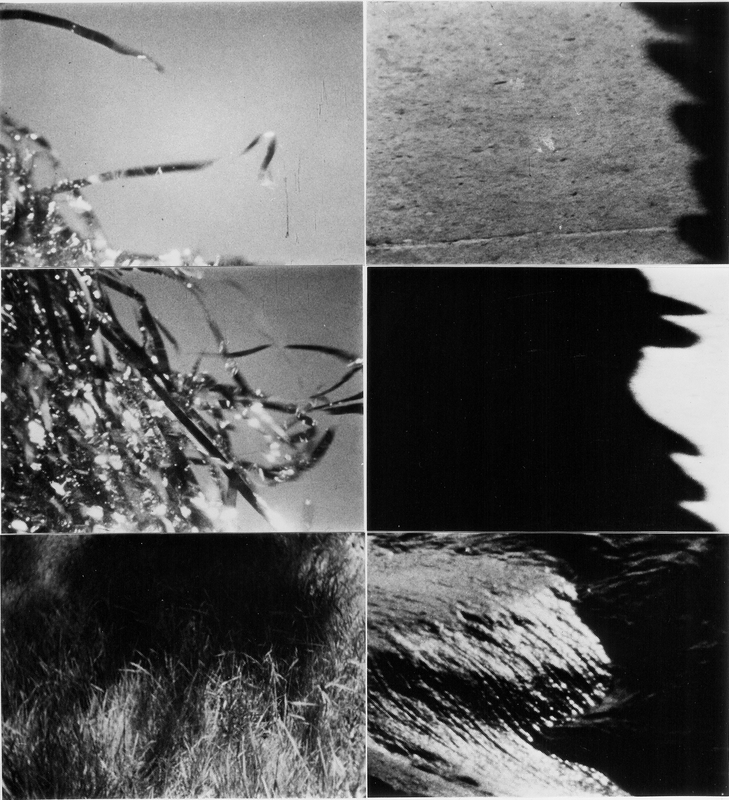


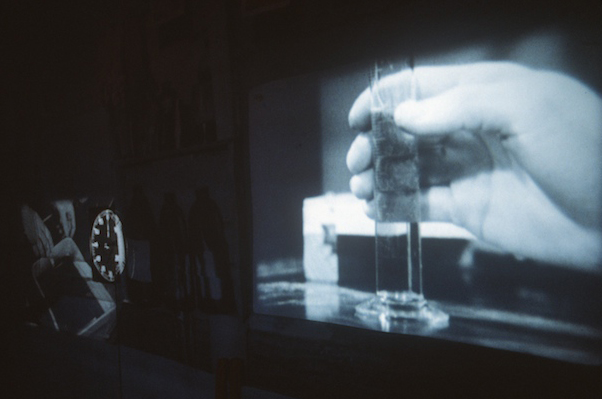
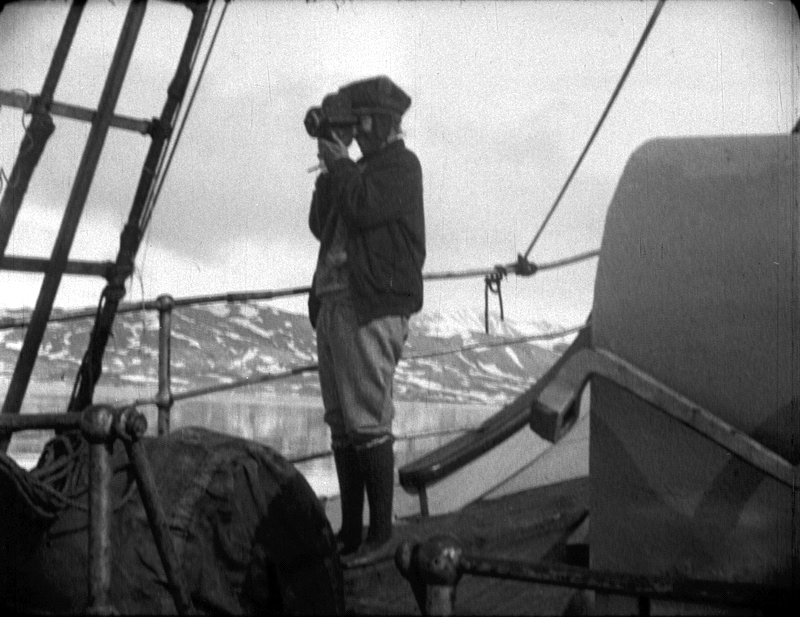
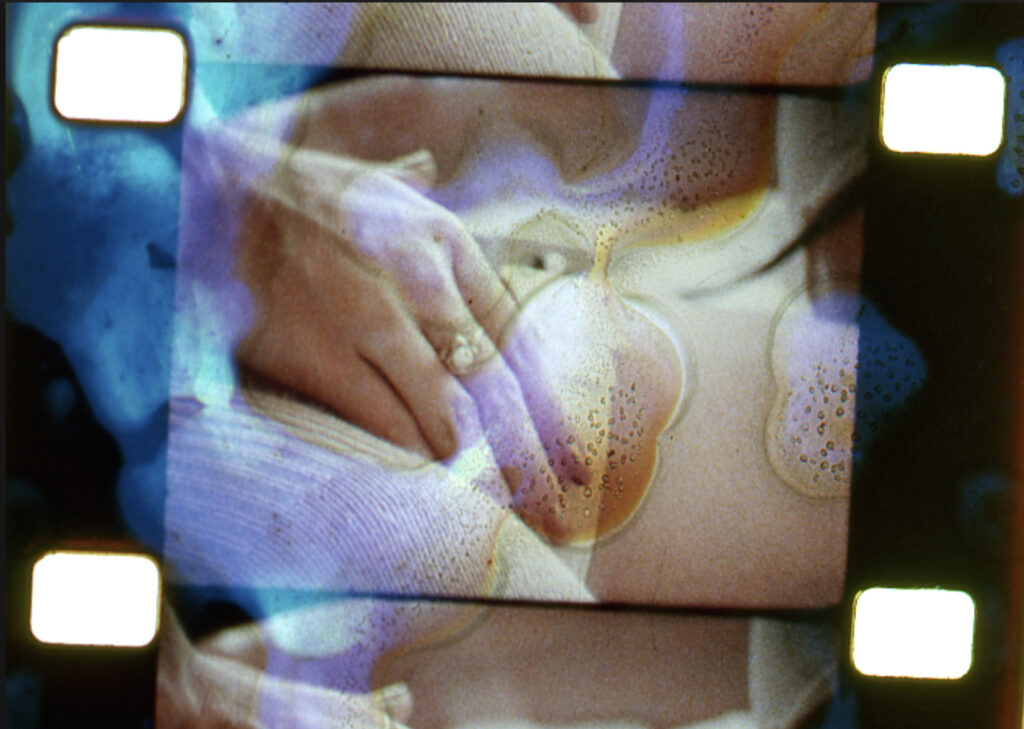
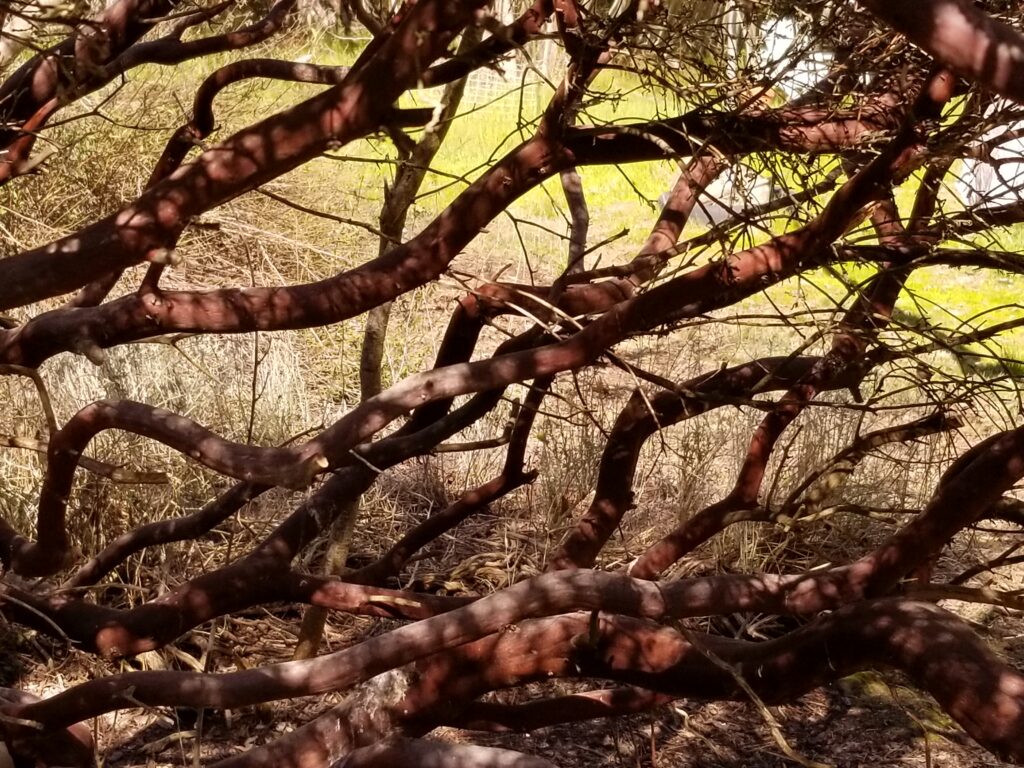
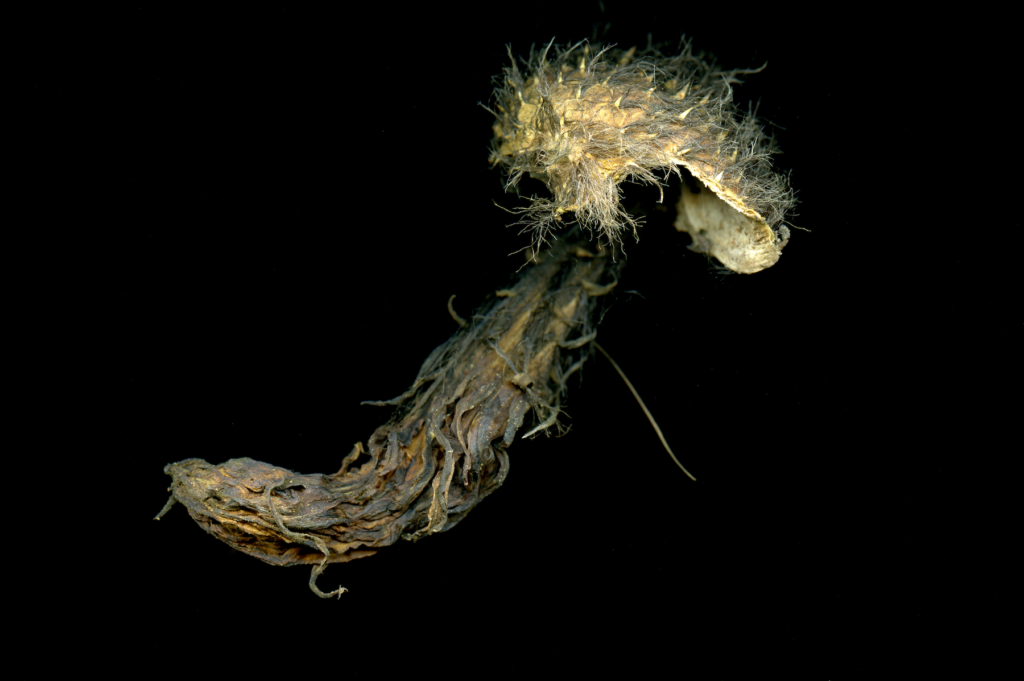

Mirrors and Screens (2023, 4 minutes, color, sound, digital file)
Risk and uncertainty lurk while navigating through history, improvisation, perception and understanding. Mirrors and screens are everywhere…
3 Seasons in 2021 (2021, 4 minutes, color, sound, digital file)
Three Seasons in 2021 is a reminder that, even during a pandemic, “nature is rich with exquisite marvels.” (Rob Stephenson, composer of soundtrack for 3 Seasons). Originally conceived as a New Year’s greeting to close friends and taking its inspiration from Willard Maas’ film Valentine for Marie (Menken).
Ontogeny (2021, 9 minutes, color, sound, digital file)
During the worst drought in decades and in the summer of the second year of the pandemic, my 30-year-old organ pipe cactus finally bloomed. Ontogeny exposes a startling display as the cactus develops from flower to fruit, “the pink-tipped sepals peeling back millimeter by millimeter until… it retreats and shrivels, a ball gown turned to rags.” (Ligaya Mishan “on night-blooming flowers,” NY Times Magazine, Oct. 11, 2021).
Some Mistakes I Have Made (2021, 19.5 minutes, color, sound, digital file)
“Mistakes are a gift to begin to imagine” (Stéphane Mallarmé). In Some Mistakes I Have Made, I re-imagine almost 50 years of super-8mm, 8mm, 16mm, and half-inch video outtakes, experiments, accidents, processing errors and unplanned occurrences calling attention to the constructed nature of representation. Do these recordings of past failures reveal any new meanings?
Shut Out the Sun (2015, 8.5 minutes, color, sound, digital file)
Shut Out the Sun was created, in part, with archival film footage that Marin County resident, Louise Boyd shot in the Norwegian Arctic in 1928 – footage I obtained through the National Archives and Records Administration in Washington. Interwoven with Boyd’s16mm and 35mm footage is super-8mm footage that I shot on a trip I made to the Norwegian Arctic 60 years after Boyd’s.
Found and Lost (2014, 8 minutes, color, sound, digital file)
A found home movie of a vacation in mid-20th-century Bakersfield, CA prompts reflection on lost times and lost technologies. Commissioned for the 30th Anniversary of Artists Television Access (ATA) San Francisco by Mission Eye and Ear.
Threnody (2003, 11 minutes, color, sound, digital file)
Threnody is a consideration of mortality in which the filmmaker examines the residue and physical artifacts of death and memorializes the loss of friends and victims of the attacks on the World Trade Center in New York on 9/11/01.
Cracks Between the Stones (1991/2004, 11.5 minutes, color, sound, digital file)
Cracks Between the Stones asks viewers to reconsider expert speculation about past history as architectural remains of earlier cultures are interpreted. The visuals were composed from many hours of footage shot over a 10-year period at remote Amer-Indians sites, in the European Arctic region, Stonehenge and contemporary U.S. urban sites. The sound was constructed from various sources including conversations with a Texas archaeologist, Navajo radio broadcasts, and a slide lecture by a Park ranger at Mesa Verde National Park in Colorado
Other Reckless Things (1984, 17.5 minutes, color, sound, 16mm or digital file)
A response to a newspaper account of a self-inflicted Caesarian section. “… a daring yet subtle reflection on the anomalies of birth and self-mutilation” (Kate Regan, San Francisco Chronicle).
Right Eye/Left Eye (1984, 6 minutes, color, sound, 16mm or digital file)
Right Eye/Left Eye was originally exhibited as part of a three-projector locational film installation in the San Francisco Art Commission Gallery’s show Light/Site/Projection. The installation reproduced the interior of a photographic darkroom which was viewed by spectators through a series of eye holes in a blackened window. Viewers activated the installation at will using a pushbutton switch mounted outside the window. This single film component of the installation consists of a World War II Navy training film describing an early three-dimensional photo system called Vectographs. This film was re-edited and altered in printing by superimposing hand-processed color motion picture film over the original found footage. The original Navy film underwent such severe sabotage that its function changed from that of an instructional film to that of an anti-educational film. Right Eye/Left Eye explores the narrow and often confounding boundary between the real and the depicted – two dimensional and three-dimensional components of all photographic processes
Trepanations (1983, 19 minutes, color, sound, digital file)
A film made up of various kinds of correspondence – pictorial, written, and audio tape “letters” sent to the filmmaker by Nancy Rexroth, Joe Gibbons, Carmen Vigil, David Robinson, Jane Dobson and others. The soundtrack is the dominant element and was constructed from excerpts from the tape correspondence of a contemporary woman photographer living in a small midwestern town. She describes the madness of her daily life in moods vacillating between delight and despair. Her experiences, while uniquely her own, function as a magnifier through which we all can see our own situations and strongly identify with hers. The title describes a delicate cranial operation performed in prehistoric cultures.
Visible Inventory Nine: Pattern of Events (1981, 12 minutes, color, sound, 16mm or digital file)
A non-fiction narrative which relays the second thoughts of individuals meeting by accident in public places. The sound track was formed from tones which grow and change unpredictably – not single notes on a page. These sounds progress in patterns which make reference to a device used in dramatic films to suggest mounting tension.
Bladderwort Document (1978, 9 minutes, color, silent, digital file)
A diary film made during the six months I lived in southwestern Ohio at Bladderwort Farm, named for the only insectivorous plant native to North America. Here I play with light: pick it up and embrace it, throw it around, pierce it, and wiggle it. Joyce Wieland, Carolee Schneemann, Beverly Conrad, Nancy Rexroth and Tony Dallas appear.
Visible Inventory Six: Motel Dissolve (1978, 15 minutes, color, sound, 16mm or digital file)
A space of time filled with moving … the camera coolly surveys the interiors of motel rooms in which I stayed during semi-annual transcontinental auto trips. Superimposed over the screen image are the names of the towns in which the rooms are located and the car’s odometer reading at each location. Otherwise, my homogenous accomodations lack locational cues. The sound track consists of two Gertrude Stein texts: American I Came and Here I Am and American Food and American Houses, both from 1935. The film counterpoints printed word, spoken text, and photographs giving the viewer the alternate options of reading, viewing and listening.
Periodic Vibrations in an Elastic Medium (1976, 16 minutes, color, silent, 16mm or digital file)
Discrete images were modeled into a filmic form which grew out of visual kinetic linkages rather than linguistic modes, musical notions or anecdotal concerns. The elimination of narrative sequence suggests the concept of simultaneity which is usually associated with painting and which is demonstrated by the poetry of William Carlos Williams. Pale blue passages divide the film into three sections, composed from several thousand feet of film exposed since 1973 in a variety of geographical sites. The title of the film makes reference to Newton’s corpuscular theory of light.
The Facts in the Case of M. Valdemar (11.83 min version) (1976, 12 minutes, color, sound, 16mm or digital file)
Franz Mesmer’s pseudo-scientific explanation for the forces of nature – mesmerism – forms the central motif of the Poe short story from which this film derives its title. Two strains dominate the film: one celebrates the mesmeric state induced by the random repetitive movements of a toy car with its flickering colored light and the second traces recollections of the humorous process of shooting the film. Oscillations between these two elements underscore the play between illusions of physical reality and altered perceptions. … Valdemar is an uncut 400-foot camera roll with synchronous sound.
LA Carwash (1975, 8.5 minutes, color, sound, 16mm or digital file)
A film evolving out of my experiments with dual screen projection and concerned with conjunctive and disjunctive couplings suggested by the qualities of light and sound at the Village Carwash in Los Angeles. The sound and picture exist as complete and separate entities coinciding only for four seconds. This film is intentionally two-dimensional, exploiting the properties of the medium that prevent photography from true reproduction.
Flapping Things (1974, 10 minutes, color, silent, 16mm or digital file)
The first in the series of works in various media which I call VISIBLE INVENTORIES. Edited in the camera, an assemblage of subtle motions of objects in the wind (flags, ribbons, leaves) which speak delicately to the senses.


